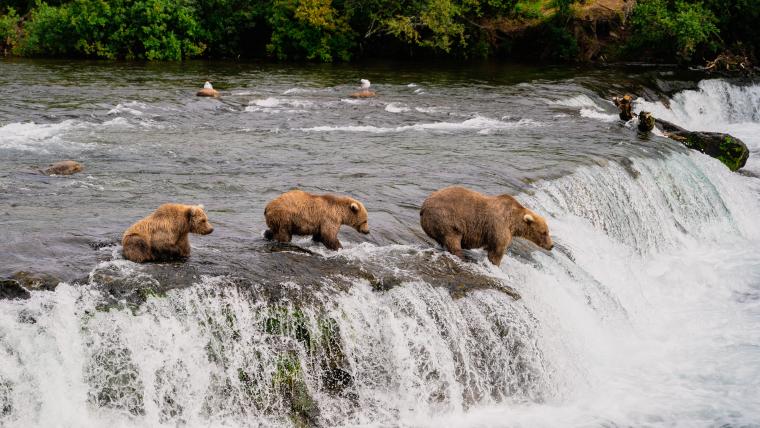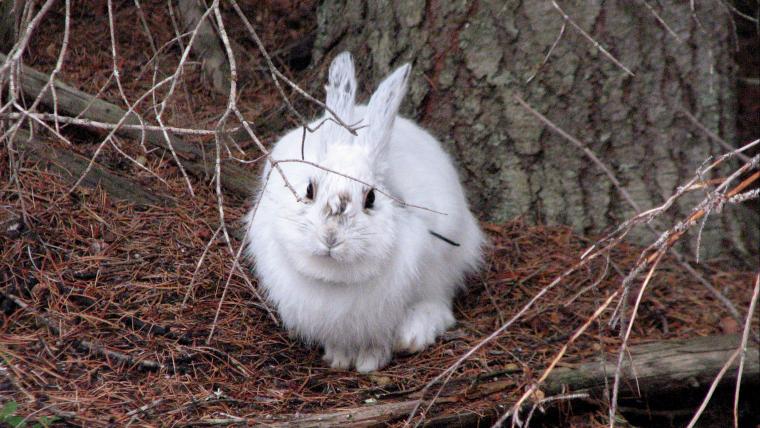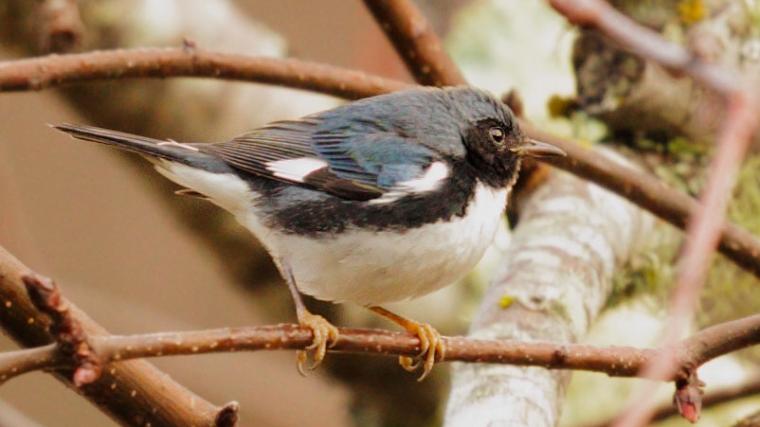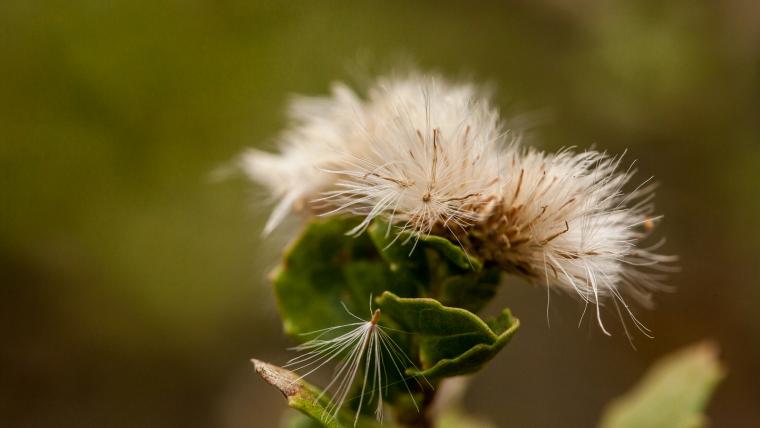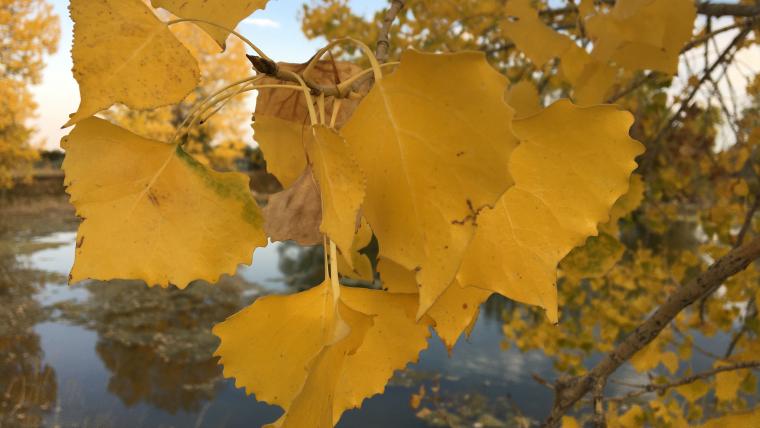
Nature’s Notebook observations validate remotely-sensed data
Mon, Jul 18, 2016
While there is great potential in linking data collected by observers on the ground and data collected by remote satellites, few studies have successfully combined these two types of data. Researchers from the Appalachian Laboratory at the University of Maryland Center for Environmental Science compared observations of leaf phenology collected through the Nature’s Notebook PopClock campaign to continental-scale satellite imagery collected by the Moderate Resolution Imaging Spectrometer (MODIS). They implemented three quality control procedures that resulted in a high correlation between the two datasets (r2 = 0.67). Being able to more easily combine citizen science and remotely-sensed data will give scientists a large amount of information over a range of geographic scales, to better understand the response of forest plants to future changes in climate.
